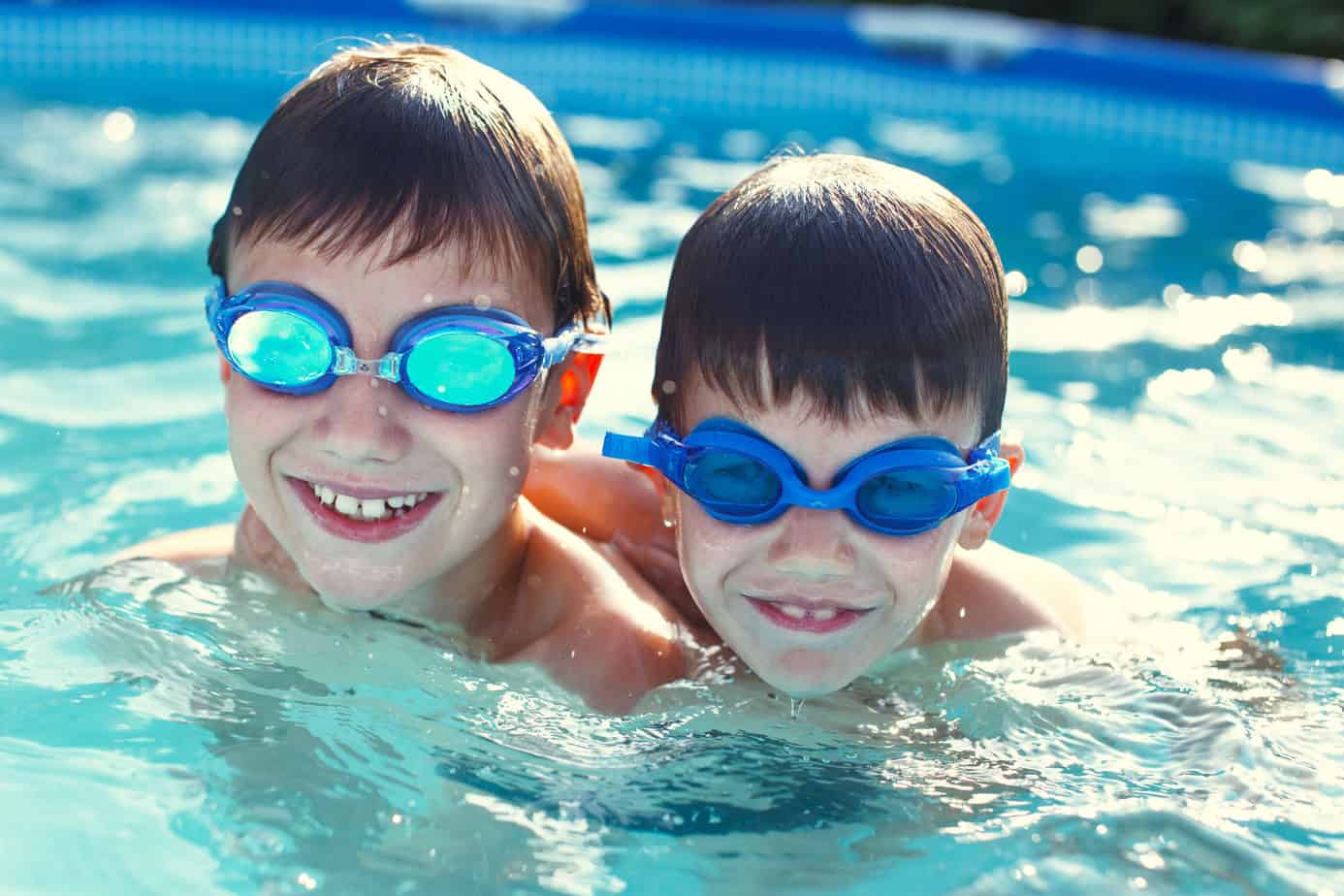There is no lack of options in shopping for the correct pair of swimming goggles. The variety of choices and the wide range of brands and features can overwhelm an aspiring swimmer. A good pair of goggles should not be taken for granted. Although picking the right fit can be a daunting task, the benefits of swimming goggles must not be downplayed. Just like you’d never go in the sun for without a pair of sunglasses, you also need to protect your eyes while in the water.
Benefits of Swimming Goggles
- Protects your eyes from UV rays
- Protects your eyes from irritation in chemically-treated water
- Keeps your vision clear
There are three important factors to consider in choosing the correct pair of swimming glasses: fit, comfort, and lens style. Various types of goggles are intended for different purposes. Before you buy a pair, learn the types of goggles available for the kind of swimming you intend to do.
- Practice Goggles – these types of goggles are more comfortable to wear, even for longer periods like during swimming practices. They are made softer by incorporating more gasket rubber. Since they are meant to be worn more frequently, they exert less pressure against the eyes.
- Recreational Goggles – these are fairly comfortable goggles that come with a cheap price tag. They are not great for swimming in long durations. The anti-fog film on the lenses also wears off quickly.
- Competition Goggles – these goggles are generally low-profile. The profile describes how far the goggles stick out from the face. Low-profile goggles reduce drag or resistance and improve the swimmer’s performance. Because they are meant for racing, they are not comfortable for everyday use.
- Swim Goggles – these are larger than typical swimming goggles and are meant for scuba diving and snorkeling. Some recreational swimmers choose these goggles because they are soft and comfortable. However, the bulky design is not ideal for swimming laps.
Find the Right Fit
Finding the right fit takes a bit of trial and error. It’s tricky because what’s best for one person, may not be the best fit for another. The ocular part of the goggles must fit on your eye socket to ensure a proper seal. The straps keep the goggles in place and should feel tight around the head. If your goggles come with a double strap, you may experiment in finding the right fit by placing one strap slightly higher than the other. Never put the straps below the eye level. Large socket goggles may leak water, so they rely on suction materials like foam or rubber. Small socket goggles (e.g., Swedish goggles) have a sleeker design, but they tend to sit on the eye sockets and can be uncomfortable for beginners.
Make Sure They Are Comfortable
The correct pair of swimming goggles must seal snugly around the eyes, without sacrificing comfort. There are goggles available with adjustable nose pieces and split straps, so you can wear them in different ways. Keep looking and experimenting until you find a pair that is not too tight and doesn’t rub against the bridge of the nose.
Lens Tint and Style
Most goggles now come with UV protection and anti-fog coating. If you have an eye condition (e.g., refractive error), you may order prescription goggles from major suppliers. Lens color also comes in different types as described below:
- Clear – best for indoor use where maximum visibility is a must.
- Smoke – for outdoor use — reduces light transmission and overall brightness.
- Blue – provides high visibility in bright light — perfect for indoor use.
- Red – for low-light and medium conditions because of enhanced contrast. May cause color distortion.
- Amber – has counter-enhancing properties that are useful in flat-light conditions.
- Mirrored – also known as metalized. These are recommended for outdoor swimming. The mirror finish reduces brightness and glare.



Leave A Comment